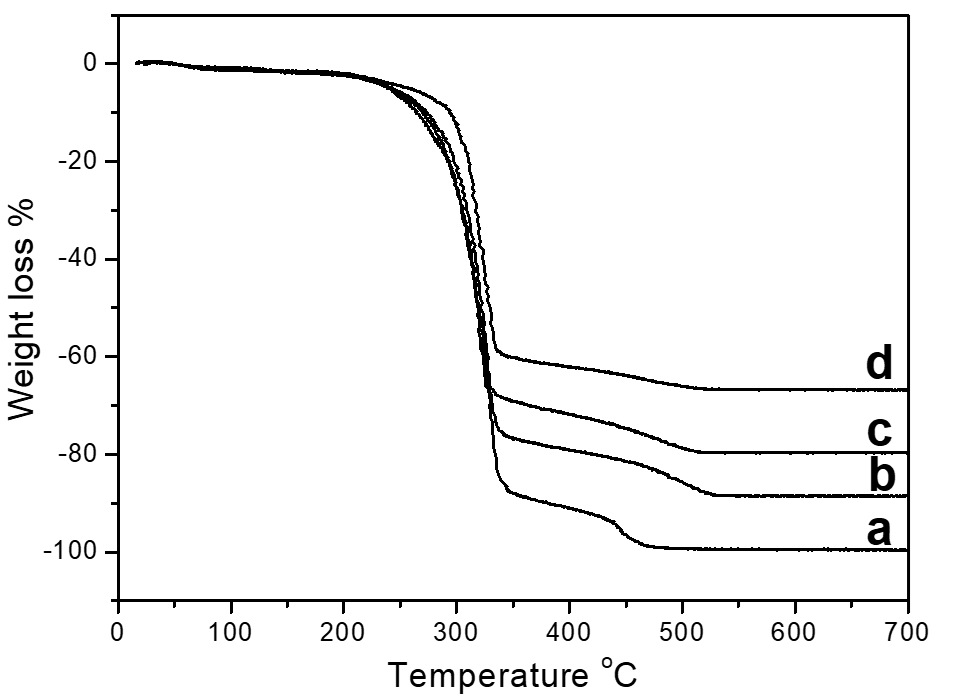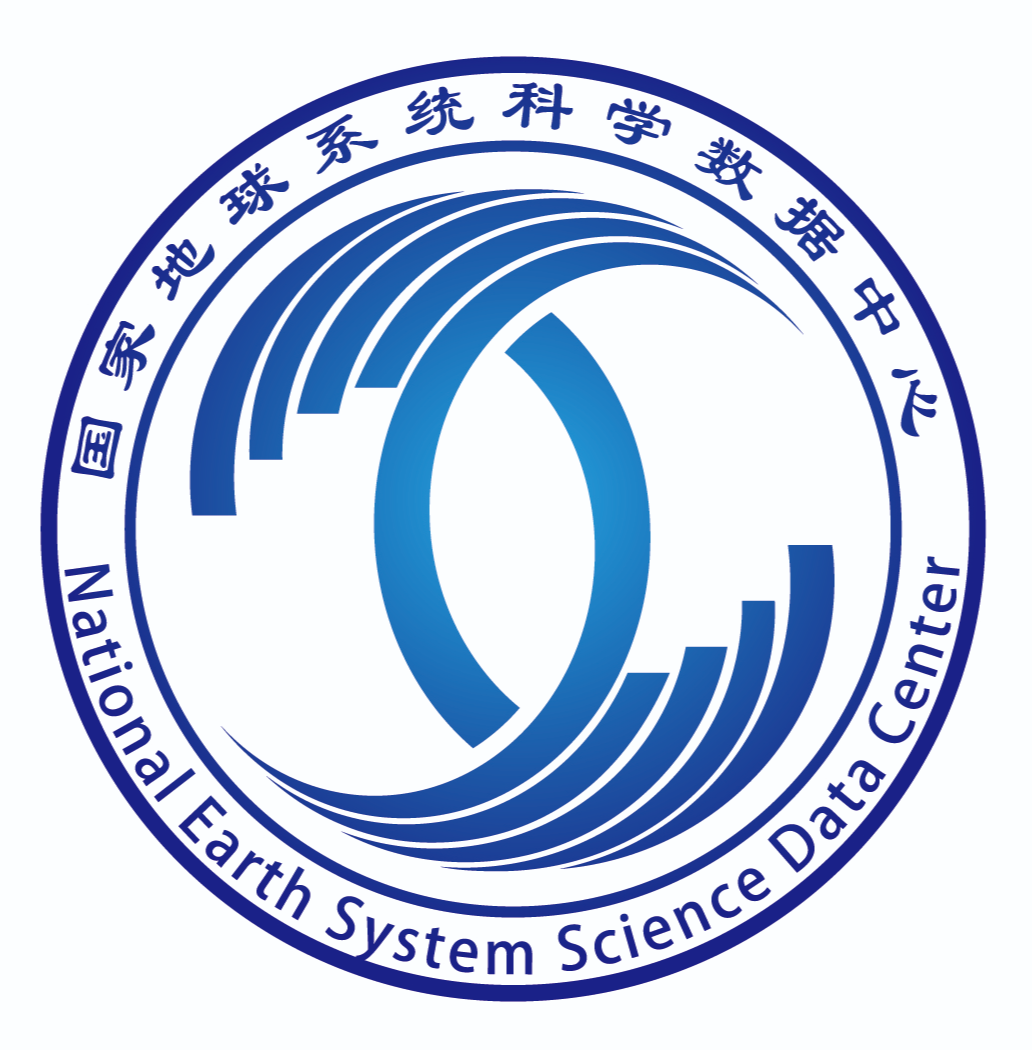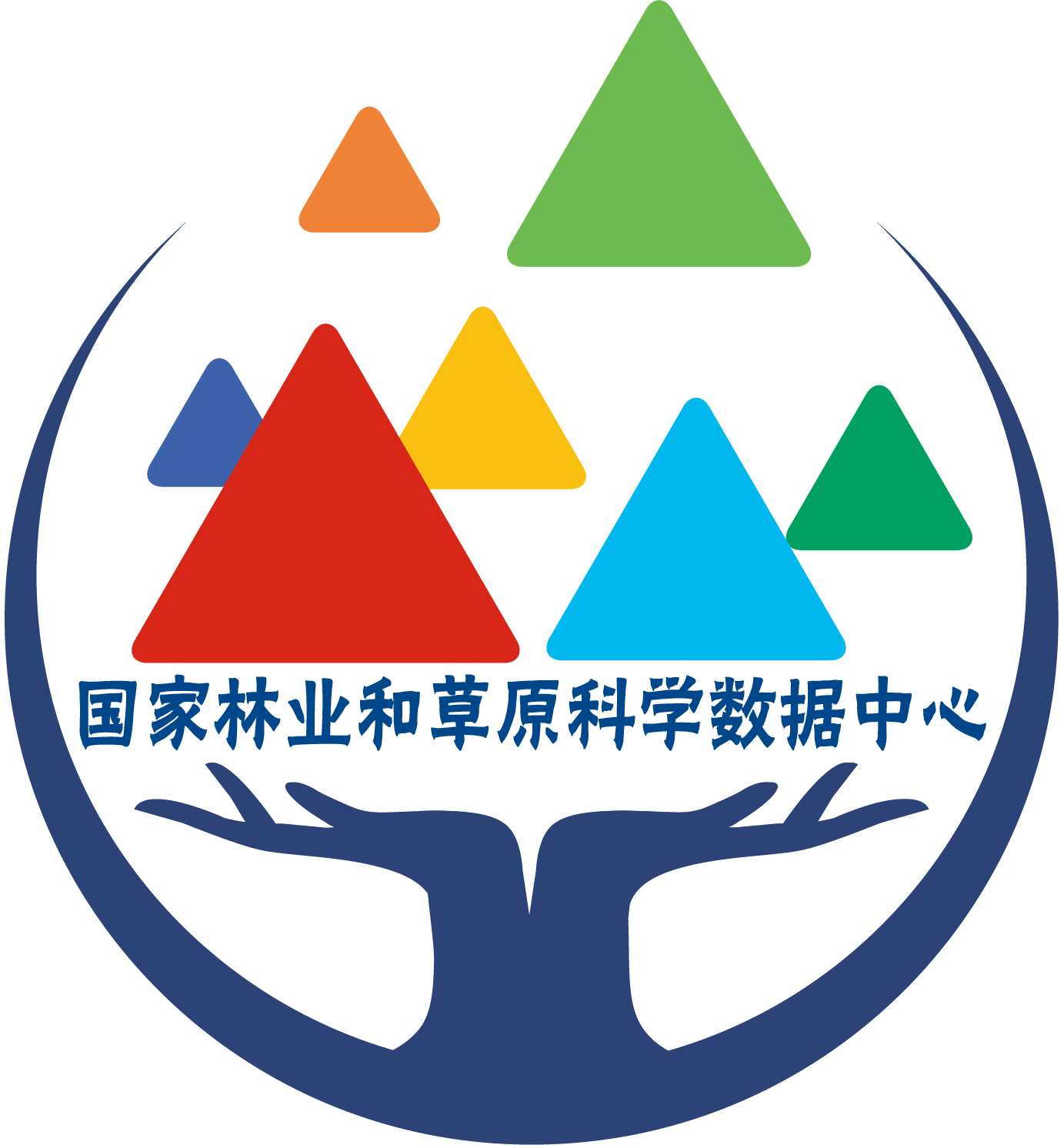The figure shows the thermogravimetric curves of porous microspheres obtained by adding different amounts of nano-sized titanium dioxide particles. It can be seen from the figure that the thermogravimetry of the obtained microspheres begins at 200℃, which should be due to the degradation of ethyl cellulose at high temperatures. In addition, in the temperature range of 350 ° C and 500 ° C, there is a small weight loss, which may result from the decomposition of residual organic matter. Based on the data obtained by thermogravimetric analysis, the content of nano-tio2 loaded on the ethylcellulose porous microspheres was calculated. According to the calculation, with the increase of the addition of nano-tio2 particles, the mass ratio of titanium dioxide and ethyl cellulose of the obtained microspheres is 12.7%, 25.5% and 49.6%, and if the added titanium dioxide particles are successfully loaded, the mass ratio of titanium dioxide and ethyl cellulose is 12.5%, 25.0% and 50.0%, respectively. Considering the influence of error, it can be basically determined that the loading rate of nano-titanium dioxide in ethyl cellulose microspheres is 100%.






















